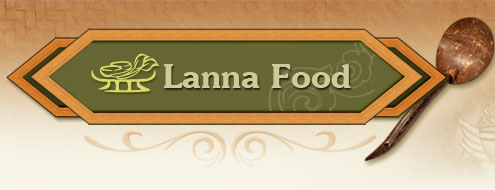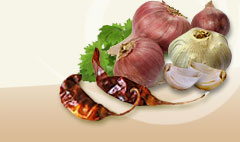Water algae |
|
|
 | Wolffia globosa |
|
| |
 | Lemnaceae |
|
| |
 | Water algae |
|
| |
 | Khai nam (Central), khai pham (Northeastern), khai nae. |
|
| |
 | Water plant floating on water surface of clear pools, round green. The leaf parts are floating, 0.1-0.2 mm in diameter. (Aram Khumklang, et al., comp., 1998, p. 179) |
|
| |
 |

Calcium, phosphorus, iron, Vitamins A, B and C and niacin (Aram Khumlkang, et al., comp., 1998: 179) Lanna people make a dish known as khua pham from it by stir frying it. (Siriwit Chamras, personal communication, June 18, 2007) Northeastern people use it as an ingredient in kaeng om, kaeng kai, kaeng nuea or to make a spicy salad like papaya salad. It can also be used to make yam or mixed into egg omelet with minced pork. |
|
| |
 | All year round |
|
| |
 |
Aram Khumklang, et al., comp. (1998). Phak Phuen Ban Isan. Kanchana Diwiset and Aram Khumklang, editors. Nonthaburi: Project for Text Development on Traditional Thai Medicine. (in thai). |
|
| |
|
|




